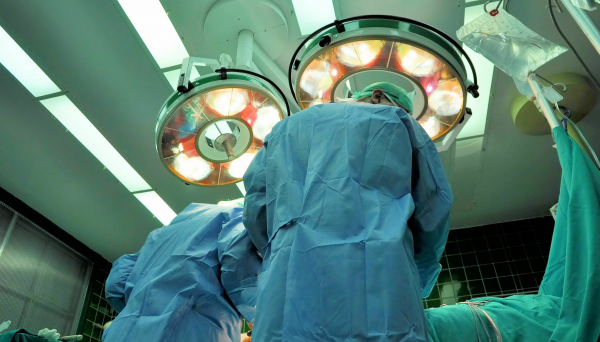A new analysis from Private Healthcare Australia has revealed the highest growth product groups on the Prostheses List.
The Prostheses List (PL) is the federal government's framework that mandates the funding and pricing of medical devices by private health insurers.
The 2021-22 Budget included funding for a four-year reform process of the PL.
The new analysis includes the highest growth areas of the PL between 2019-20 and 2020-21.
"Current expenditure by health funds on prostheses is over $2.2 billion per annum and growing at a higher rate than other parts of the system such as hospital benefits and medical benefits," says Private Healthcare Australia.
It says, "The previous year, there was a 3.5% decline for medical benefits. Rebates for private hospitals and private patients in public hospitals also declined marginally. However, rebates for prostheses funded through the Prostheses List increased in 2019-20 compared to 2018-19."
"Changes to MBS [Medcare Benefits Schedule] service levels are the most common reason for a Prostheses List product group to experience high growth, as expected.
"However, there are several product groups where the correlation between the number of surgical episodes and the increasing use of medical devices is weak. These are the areas where individual doctors and their clinical societies may wish to consider reasons for the changes in practice to ensure patients’ needs are being met.
"There is a role for hospitals, funders and regulators to consider the feedback from the medical profession and adjust settings as required. This may include amending rules of service, adjusting prices for devices to modify the incentives, or promulgating and promoting best practice standards."
The association says, "Medical practitioners and their professional associations often have little visibility of the use of prostheses or the cost. Private Healthcare Australia will be taking a more active role in providing data to medical associations, so they may provide any advice to their members they consider necessary or useful. Hospitals may also find these data of use.
"Private Healthcare Australia supports choice for medical practitioners and their patients when choosing medical devices. This choice should be informed, with data around indications for use, cost-benefit, safety and effectiveness all playing a part in ensuring medical practitioners offer the best options for their patients and the communities they serve."
According to the analysis, 144 of the 442 product groups on the PL had an estimated increase in usage from 2019-20 to 2020-21 equal to or greater than 10 per cent. The analysis then excluded product groups where benefit growth was less than 10 per cent, or total benefits and volume were low.
Orthopaedic human tissue (in Part B of the PL) experienced approximate volume growth of 25 per cent from 2019-20 to 2020-21, following growth of 31 per cent in the previous year.
"In terms of expenditure, this is the largest increase in the Prostheses List over the year, with an additional estimated $14.6 million of expenditure (following a $17 million increase the previous year). Orthopaedic human tissue items are most used for spinal surgery."
Two ophthalmic product groups, non-viscous intraocular fluids and ab interno glaucoma drainage device, recorded growth of 20 per cent and 21 per cent respectively.
"The growth in non-viscous intraocular fluids is slightly above increases in cataract surgery (up 16% over the year) and an 8% increase in non-cataract eye episodes. There has been an estimated 48% increase in the use of these products over the past five years, well above the growth in eye surgeries over the period," it says.
Specialist orthopaedic is the largest category by volume and expenditure on the PL, says the analysis. Six product groups experienced high growth between 2019-20 and 2020-21. These were ankle joint component (25 per cent), ankle joint (14 per cent), shoulder - glenoid (15 per cent), shoulder - accessories (18 per cent), bone cement (25 per cent) and meshes (25 per cent).
Several product groups in the plastic and reconstructive category experienced high growth.
"The use of anatomical biomodels have been increasing significantly, utilised in ways not envisaged when they were placed on the Prostheses List," says the analysis.
"Multiple biomodels are being used per implant, and biomodels are also being used where there is no other prosthesis. These uses have driven an estimated 78% growth in the product group. Biomodels are also used extensively outside of the plastic and reconstructive MBS items. Over the past five years there has been an estimated increase of over 6500% in the use of these items, leading to more than $5 million in additional expenditure.
"The estimated 79% growth in Mandible, Maxilla and Temperomandibular Joint (TMJ) items was primarily driven by an increase in surgical guides, another item which is not implanted in the body. This significant growth added more than $9 million in expenditure in a single year. This is another product group which is used extensively outside the indications for which it was assessed."
Other product groups to record high growth include ear, nose and throat; general miscellaneous; neurosurgical; urogenital; spinal; knee; hip; vascular; cardiothoracic; and, cardiac.
